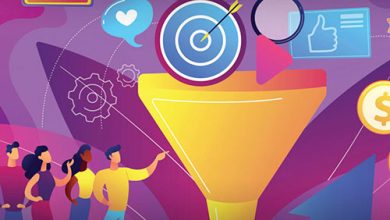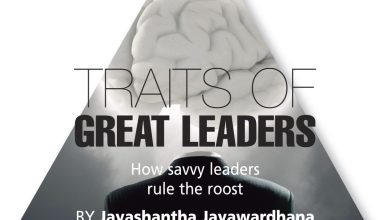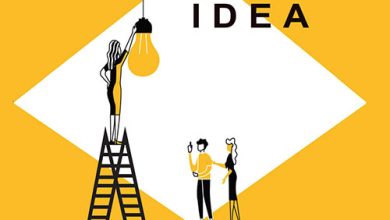PEOPLE SKILLS
DECISION-MAKING MAZE
Creating space to make wiser choices
BY Jayashantha Jayawardhana

Everyone from CEOs to front line workers make preventable mistakes. We underestimate how long it’ll take to complete a task, overlook or ignore information that reveals a flaw in planning, forget to include a crucial point in a project presentation or fail to take advantage of company benefits that are in our best interest.
However, it’s extremely difficult to rewire the human brain to undo the patterns that lead to such mistakes.
In an article titled Leaders as Decision Architects in the Harvard Business Review (HBR), John Beshears and Francesca Gino shed light on a different approach. Change the environment in which decisions are made so that people are more likely to make choices that lead to good outcomes.
The decision-making approach expounded by them consists of five steps.
UNDERSTAND As behavioural decision researchers and psychologists point out, we make decisions in two ways primarily…
‘System 1 thinking’ is our automatic, instinctive and emotional way of thinking where we depend on mental shortcuts to find intuitive answers to problems as they crop up.
‘System 2 thinking’ is a slow, logical and deliberate process where we tend to weigh our options while considering multiple factors and envisaging the consequences before arriving at a decision.
Beshears and Gino suggest not scrapping System 1 thinking altogether but introducing an element of rational analysis and deliberation into decision making.
DEFINE Establish whether a poor decision made by someone in your team or organisation stems from a behavioural problem, lack of technical skills, inexperience or something else. Behavioural economics tools are useful in addressing these types of issues.
For example, if a new recruit on your finance team doesn’t understand how to use the accounting software, it’s a problem of skill rather than a behavioural one. It would be a behavioural issue if the team member had deliberately avoided being trained.
When most of Wipro BPO’s new hires did not last more than a few months and its recruitment programme couldn’t keep pace with the exodus, the company defined the problem as being high employee turnover.
IDENTIFY Poor decision making is mainly due to two reasons. One is a lack of motivation and the other is cognitive bias.
If the problem is the result of people’s failure to take any action, then it’s due to a lack of motivation. If they’ve taken action in a way that has introduced systematic errors into the decision-making process, the problem is due to cognitive bias.
When Gino and her team interviewed people at Wipro BPO and observed their behaviour, they discovered that the problem was rooted in the division’s onboarding process. The training programme failed to engage the new recruits emotionally, which led them to view their relationships with the company as transactional rather than personal.
Upon commencing work, they felt demotivated and disengaged. So when the stress of the job got to them, there was little motivation to stay on.
MITIGATE Once you’ve identified the real reason behind poor decision making, you can start designing an effective solution. You can use choice architecture, which is an important behavioural economics method to retain consumers’ right to choose; but nudge them to make certain choices.
For instance, Google implemented choice architecture in its cafeterias in a bid to persuade its employees to adopt more healthy eating habits. As Googlers reached for a plate, they encountered a sign informing them that people who use bigger plates tend to eat more than those who use smaller ones.
And thanks to this simple change, the proportion of people using smaller plates increased by 50 percent.
Through a simple experiment, the researchers discovered that giving new recruits the choice on the first day of orientation to think about their strengths and how they could apply them in their new jobs got them emotionally engaged with the company.
When Wipro BPO adopted this process, it not only led to lower employee turnover but higher performance as well, as measured by customer satisfaction.
Adjustments to the choice environment can lead to major improvements. These include varying the order in which alternatives are presented, altering the wording used to describe them, adjusting the process by which they’re selected, choosing defaults carefully and so on.
SOLUTION The final step is to test the proposed solution to ascertain whether it will achieve its objective. Under this step, you must identify the desired outcome, find possible solutions and focus on one – and introduce a solution only to a selected treatment unit rather than a control group.
After Wipro realised that the solution was effective, it established the same as a compulsory practice during orientation.





